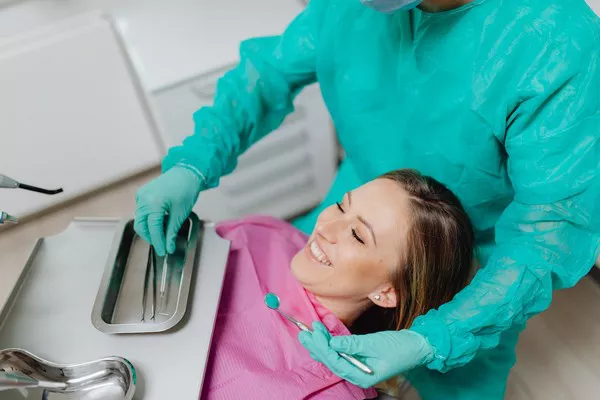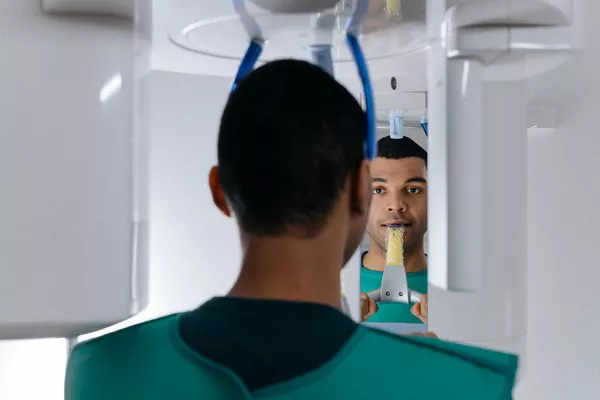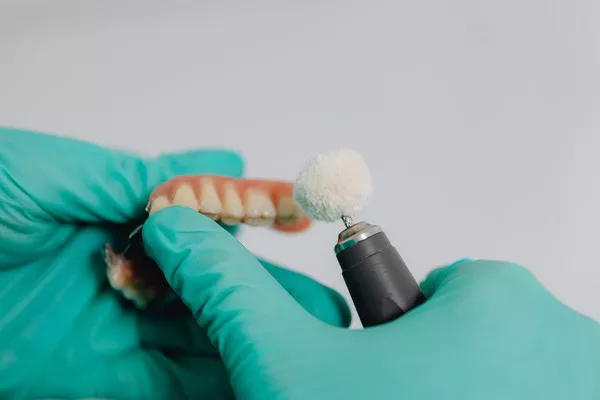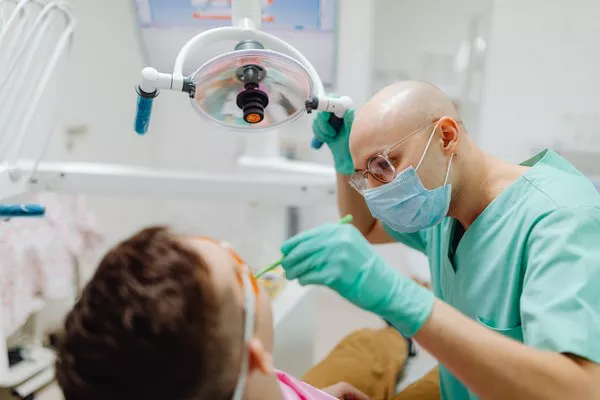Two days ago a patient friend calls to say, just fill a tooth, go back to have a meal to feel toothache severe, ask is how to return a responsibility?
I believe that many people will think that after filling the teeth can eat and drink, in fact, not, if you do not pay attention to, it may make your teeth more unbearable.
What does the need notice after filling a tooth?
Let’s take a look at the following introduction.
In general, it is best not to eat from the newly filled tooth for less than two hours after the filling, as most fillings take 24 hours to fully cure.
In addition, if the pain after eating too cold or too hot things, pay attention to observe, if the pain is not severe, and the degree of pain has been significantly reduced, can not be dealt with;
If there is persistent pain that gradually worsens and cannot be relieved, it is likely that there is pulpitis or periapical inflammation, which needs to be treated in a timely manner.
In addition, it should be noted that if there is periodontal pain after filling, for example, dull pain when biting, no pain when biting, and nothing to do with eating hot and cold food, this situation may be too high when filling, teeth early contact caused by periodontal trauma or some drugs caused by tedontitis.
If there is a persistent dull pain after the filling, which is specific in location, aggravated by biting, and has nothing to do with eating hot or cold food, the gingivitis may be caused by the accumulation of food debris after the filling material is finished.
The number of fillings required depends on the degree of decay.
If the tooth is only superficial caries, that is, superficial caries and middle caries, lesions are limited to the enamel layer or dentin superficial layer, the patient does not have any discomfort, then, carious tissue is removed after the net, can use appropriate filling materials to repair the carious hole, so that a visit can be completed.
If the tooth caries hole is deep, belongs to the deep caries, the lesion reaches the deep dentin, has been close to the pulp cavity, then in most cases the pulp tissue will have the reactive change, manifested as the pulp has a mild chronic inflammatory reaction, that is, vascular dilatation, congestion, etc., at this time the situation is more complex.
In some patients, the pulp tissue recovered slowly after isolation from external stimuli.
In others, pulpitis continues to develop into irreversible pulpitis.
Therefore, for deep caries to be particularly careful, before doing treatment, should ask a detailed history, and do a careful examination, according to the condition to do the corresponding treatment.
If the patient has no history of spontaneous pain, the pulp is viable on clinical examination, and there is sufficient dentin at the bottom of the cavity, then the cavity can be filled in a single filling after appropriate bottom placement.
If the patient had a relatively mild pain before, the bottom of the hole still has a small amount of diseased tissue, can be used to cover the pulp or pulp has soothing analgesic drugs placed in the prepared cavity, temporarily will be caries hole sealed, observation weeks or so re-visit.
If the patient has no symptoms during this period of time, the caries can be permanently filled at the time of return visit.
In this way, two fillings are needed.
If the deep caries in the sealing drug after the occurrence of spontaneous pain, night pain and other symptoms, it may be pulpitis, then need to do myelopathy treatment, then the required number of treatments will be more.































